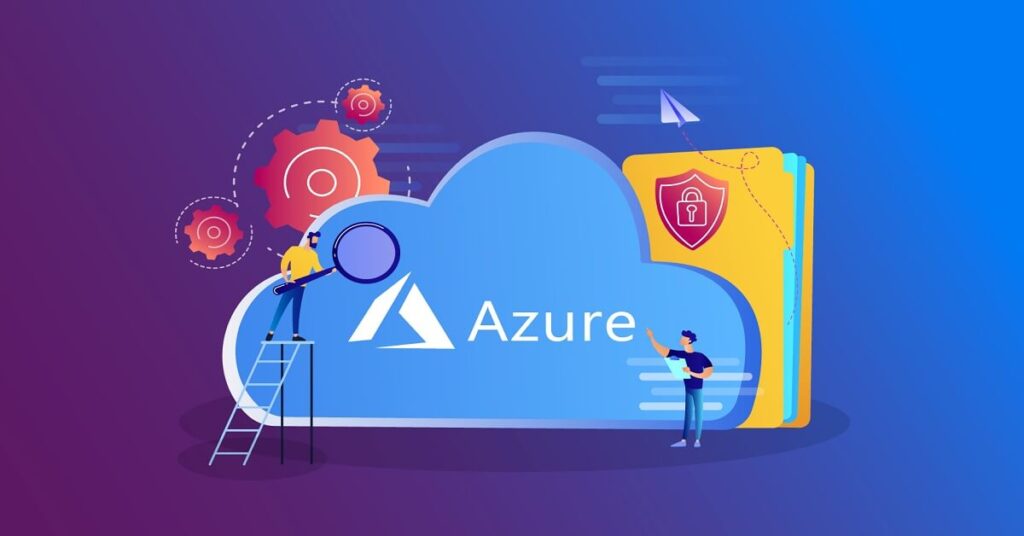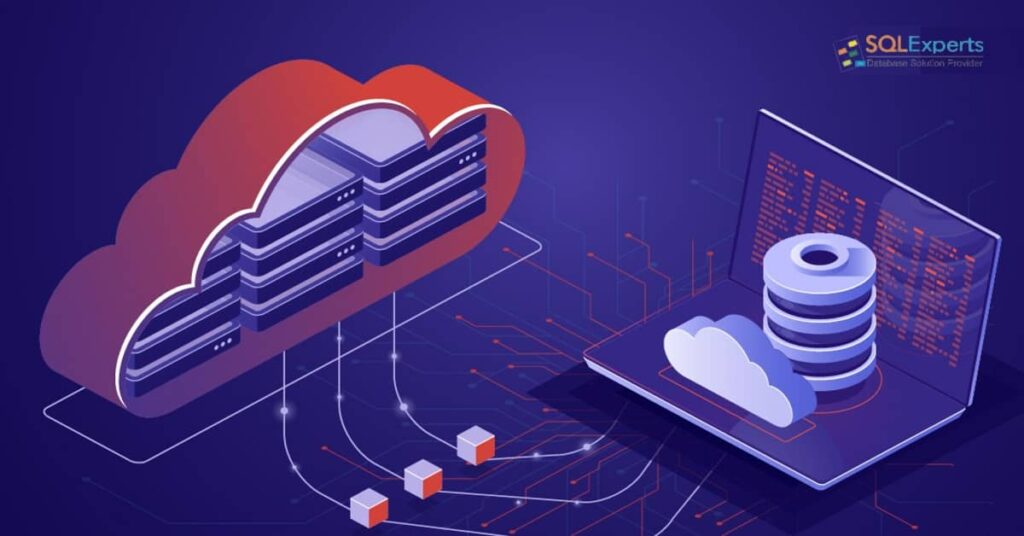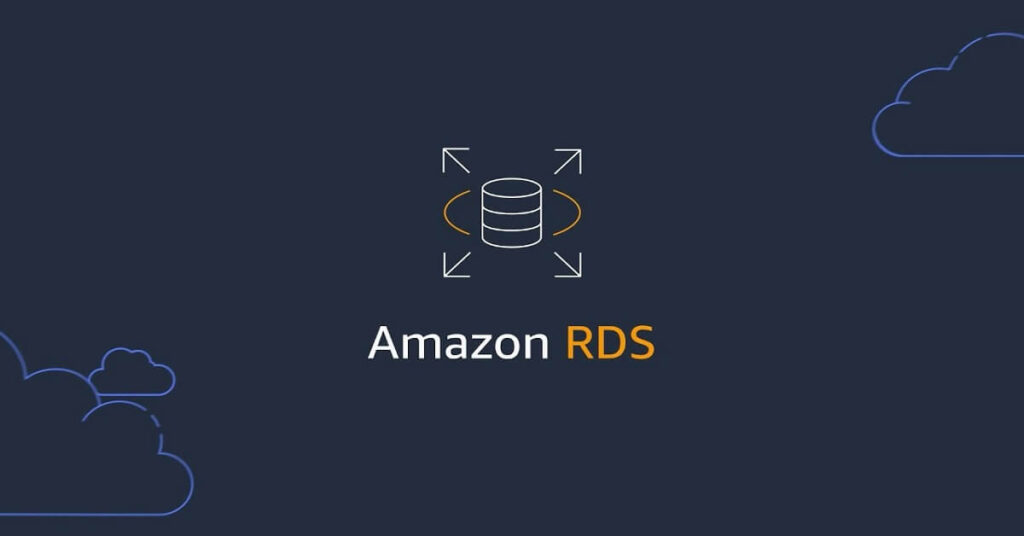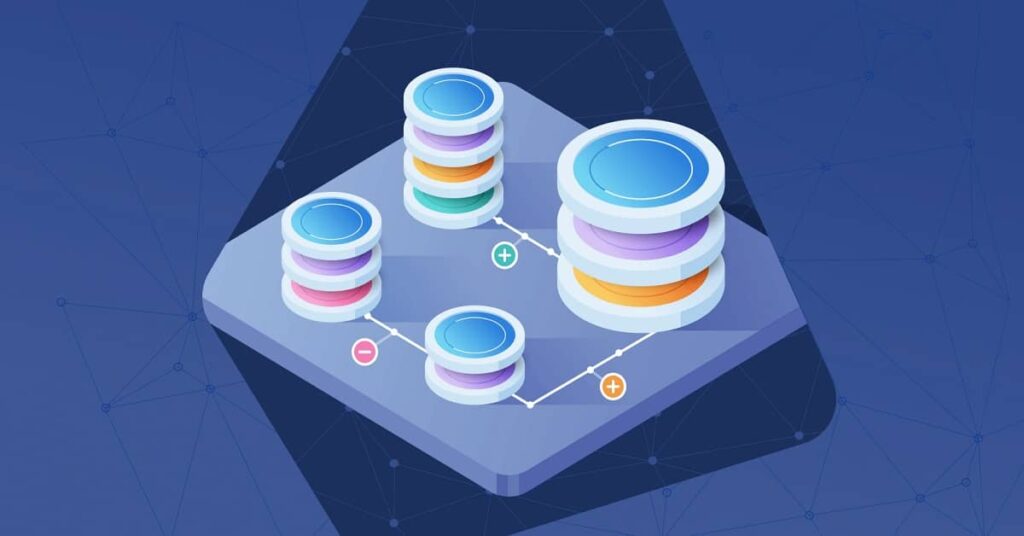What Is Recovery Point Objective (RPO) And Why It Matters?
Data fuels companies to the point where – in this age of technology, training on data protection strategies is imperative for the belief in the continuity of any business. There comes a time when things go wrong – hardware failure, cyber intrusion, or even a natural calamity and an organization has to be able to recover as fast as possible with the least amount of data loss possible. There are two important disaster recovery planning metrics: Recovery Point Objective (RPO) and Recovery Time Objective (RTO). The present blog discusses RPO and What Is The Purpose Of RTO, significance, and position within the greater data protection strategy. What Is Recovery Point Objective (RPO)? Recovery point objective (RPO) is defined as one of the most important dimensions of disaster recovery and data protection. It is the determined maximum duration of data loss due to the occurrence of a disaster. RPO describes the time frame within which data is available for potential restoration following an unforeseen event. In simpler terms, RPO specifies the point in time to which data needs to be restored after a data loss event to minimize business impact. Recovery point objective rpo example, when an organization states that its RPO is 4 hours, this means that, in the most extreme case, unduplicated data for no more than 4 hours’ duration will be lost. Importance Of RPO Recovery Point Objective RPO is important in the development of a business continuity plan because it gives direction on how often backups and data syncing should be carried out. It allows organizations to determine the negative impact of data loss and draw viable backup plans that restore data within the stated limits. A lower RPO indicates that backups are taken at shorter intervals, hence a less risk of losing data, whereas a higher RPO indicates that backups can be taken after longer intervals but there is more risk of losing data in the event of a catastrophe. In this way, RPO helps cuts data protection costs to what the company deems as the fit level of risk. Recovery Point Objective Examples For instance, let us take the case of a financial services company in the business of processing transactions round the clock. If this organization has an RPO of 30 minutes, it implies that during a mapping data failure or loss of data, the company must have their backup data of not more than 30 minutes. This guarantee serves that, systems which they restored will only lose 30 minutes’ worth of transactions at the most. RPOs that are shorter mean that for the organization, it becomes more important or most ideal that data backup be done continuously and automatically without any manual intervention. These examples illustrate how different industries set RPOs based on their specific needs and risks associated with data loss. RPO vs. RTO: Key Differences RPO and RTO are often confused but have distinct meanings. RPO, or Recovery Point Objective, focuses on data loss. RTO, or Recovery Time Objective, emphasizes downtime. Knowing the differences between RTO and RPO helps businesses prepare effectively. Here, we’ll break down RPO and RTO. We’ll highlight their importance and provide insights for better planning. Let’s dive into these key concepts and improve your disaster recovery strategy. Recovery Point Objective (RPO) emphasizes on the loss tolerance of the data and stipulates the frequency in which data backups or syncs have to be undertaken. Recovery Time Objective (RTO) Facets concentrates on the aspects of system recovery time objectives and the operations restoration time after a disruption has occurred. It is a measure of how fast an organization needs to come online to avoid excessive operational downtimes. Knowing what RPO and RTO stand for and their respective differences allows the businesses to categorize their recovery strategies in terms of data availability and the rate of recovery . Relationship between RPO and RTO: A lower RPO generally requires a lower RTO to minimize the impact of data loss. However, a lower RTO may require additional resources and redundancy, which can increase costs. Example: RPO: 2 hours (Can tolerate 2 hours of data loss) RTO: 4 hours (Must restore operations within 4 hours) In this scenario, the organization can afford to lose 2 hours of data, but it must be able to restore operations within 4 hours. This means that backups must be frequent enough to capture data every 2 hours or less, and the disaster recovery plan must include sufficient resources to restore operations within the specified timeframe. How Does RPO Work? RPO exists to establish a manner appropriate of backing up and replicating data in order to protect it within the obtained data protection level targeted by the organization. In this case the organization has to evaluate different types of data and their importance so as to determine the amount of data loss that can be tolerated. For instance, some organizations have mission-critical databases which routinely would not probably expect an RPO larger than a few minutes and therefore requires that data be transferred to a ‘hot’ standby reduces in real time. Whereas, less critical information such as archived correspondence, may take two RPOs of 24 hours since a back up is done on a daily basis. The objective is to schedule and use backup processes (ex: continuous replication, hourly backup, etc.) that will allow restoring data to a point, which with respect to business requirements is tolerable. What Does RPO Mean in Cloud Data Protection? In cloud contexts, the recovery point objective (RPO) is critical to data propagation techniques and backup strategies. Public cloud services from AWS, Microsoft Azure and Google Cloud Services tend to have embedded functionality of setting RPO threshold targets, thus easing the burden of replication of data across region or availability zones for the organization. Take for instance, the use of cloud databases such as Amazon RDS and Microsoft SQL Azure Database, where there are features such as automatic backups and point in time restoration so that
What Is Recovery Point Objective (RPO) And Why It Matters? Read More »










